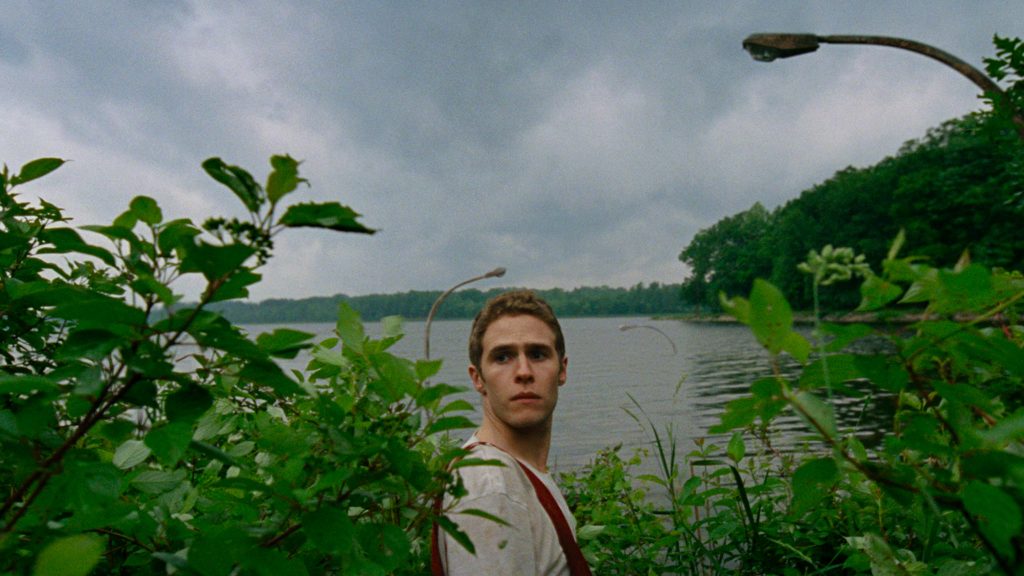Ryan Goslings 2014 movie “Lost River” is most of all a portrait of urban decay and our fascination with decay in a broader sense. The film juxtaposes the stylized display of bodily mutilation and destruction in a Grand Guignol style cabaret on the one side and the at once slow and dramatic decay of urban environments in the US rust belt on the other.


While buildings on fire – an image particularly indicative of the Detroit situation in the 1980s and 1990s – or urban structures overgrown by vegetation are the two main visual ciphers for urban decay in the movie, a flooded town also plays a central role.
As one protagonist explains, the town is called Lost River, because a section of it was once purposefully submerged when a water reservoir was built. Beneath the river lie the remains of that city and also a prehistoric theme park. Pre-historic monsters are said to live in the deep water. The idea of a prehistoric past lurking underneath the water’s surface is reminiscent of J.G Ballard’s 1962 novel “Drowned World“, where global climate change and flooding causes nature to regress into an early state of evolution.

The movie pays little attention to this submerged town. Instead it effectively uses one rather simple image in several scenes: the street lights that stick out of the water and create an eerie sense of displacement and confusing proportions.

